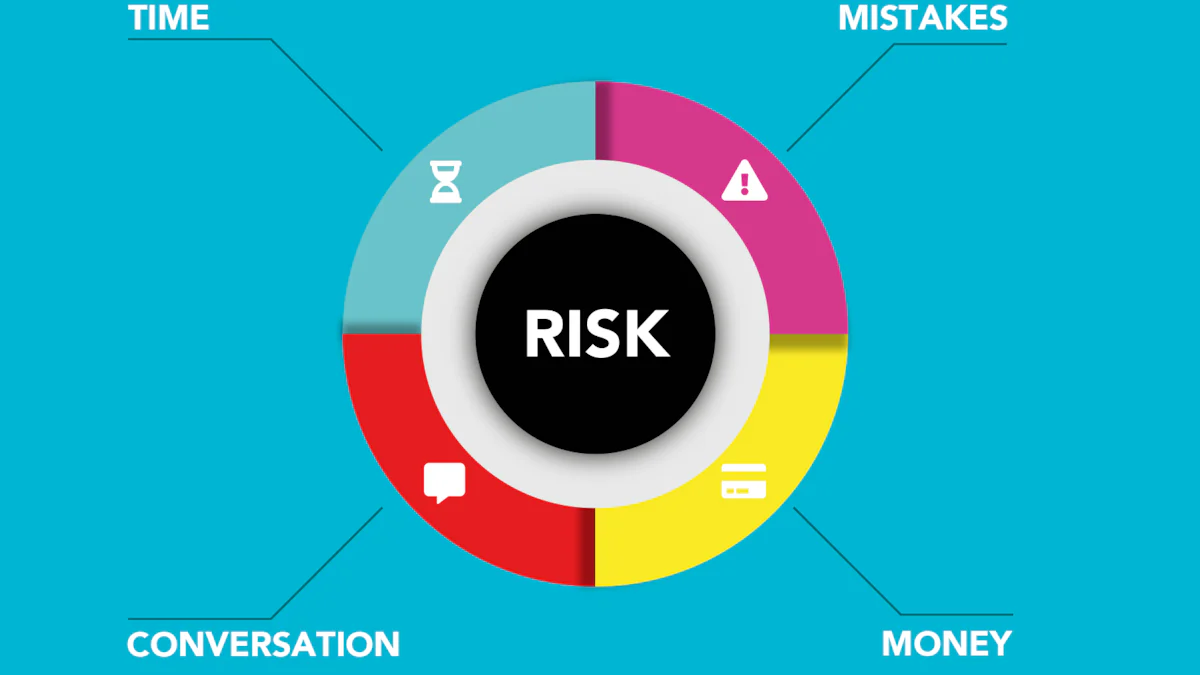
Understanding Cyber Maturity
In today's digital landscape, achieving cyber maturity is crucial for businesses to protect their assets and maintain a competitive edge. Cyber maturity refers to the level of cybersecurity governance and management within an organization. It represents the organization's ability to effectively identify, assess, and mitigate cyber risks. By implementing robust cybersecurity governance practices, businesses can enhance their security posture and minimize the likelihood of cyber threats.
Cybersecurity governance encompasses the policies, processes, and controls that guide an organization's approach to managing information security. It involves establishing clear roles and responsibilities, defining risk management strategies, and ensuring compliance with relevant regulations. A strong cybersecurity governance framework provides a structured approach to safeguarding sensitive data, maintaining customer trust, and preventing financial losses.
The Significance of Effective Cybersecurity Governance
Effective cybersecurity governance is of utmost importance in today's digital landscape. It plays a vital role in establishing a robust security posture for businesses, enabling them to mitigate risks and protect their valuable assets.
Establishing a Robust Security Posture
A strong cybersecurity governance framework provides organizations with the necessary tools and strategies to establish a robust security posture. By implementing effective security measures, businesses can safeguard their networks, systems, and data from potential threats. This includes implementing firewalls, intrusion detection systems, encryption protocols, and access controls. A robust security posture not only protects against external cyberattacks but also helps prevent internal vulnerabilities and insider threats.
Maintaining Compliance and Regulatory Requirements
Compliance with industry regulations and legal requirements is essential for businesses operating in today's digital landscape. Effective cybersecurity governance ensures that organizations meet these compliance and regulatory requirements. By adhering to standards such as the General Data Protection Regulation (GDPR) or the Payment Card Industry Data Security Standard (PCI DSS), businesses can avoid penalties, legal consequences, reputational damage, and loss of customer trust. A strong cybersecurity governance framework includes regular audits, risk assessments, and incident response plans to ensure ongoing compliance.
Key Components for a Strong Cybersecurity Governance Framework
A strong cybersecurity governance framework consists of key components that are essential for effective management of cybersecurity risks.
Risk Management
Risk management is a crucial component of a strong cybersecurity governance framework. It involves identifying and assessing potential risks to an organization's information assets, systems, and networks. By conducting thorough risk assessments, businesses can understand their vulnerabilities and prioritize mitigation efforts. This includes implementing controls and safeguards to reduce the likelihood and impact of cyber threats. Regular monitoring and updating of risk management strategies ensure ongoing protection against emerging threats.
Policy and Procedure Development
Developing comprehensive policies and procedures is essential for effective cybersecurity governance. Clear guidelines provide employees with a roadmap for implementing security measures consistently throughout the organization. Policies should cover areas such as data classification, access control, incident response, employee training, and third-party vendor management. Procedures outline step-by-step instructions on how to carry out specific security tasks or respond to incidents. Regular review and updates to policies and procedures ensure alignment with evolving cyber threats and regulatory requirements.
Implementing Best Practices for Cybersecurity Governance
Implementing best practices for cybersecurity governance is crucial to ensure the effectiveness of security measures within an organization.
Employee Training and Awareness
Providing regular training and raising awareness among employees is a best practice for cybersecurity governance. Educated employees are more likely to follow security protocols and identify potential threats. Training programs should cover topics such as password hygiene, phishing awareness, social engineering, and safe browsing habits. By fostering a culture of cybersecurity awareness, businesses can empower their employees to become the first line of defense against cyberattacks. Regularly updating training materials and conducting simulated phishing exercises can further enhance employee preparedness.
Continuous Monitoring and Evaluation
Continuous monitoring and evaluation of security measures are essential for effective cybersecurity governance. Regular assessments help identify vulnerabilities and take necessary actions to address them promptly. This includes implementing intrusion detection systems, log monitoring tools, and network traffic analysis solutions. By continuously monitoring systems and networks, organizations can detect any suspicious activities or anomalies that may indicate a potential breach. Ongoing evaluation allows for the identification of gaps in security controls or emerging threats that require immediate attention.
Achieving Cyber Maturity through Governance
Effective cybersecurity governance is the key to achieving cyber maturity. By implementing a strong cybersecurity governance framework and following best practices, businesses can protect their assets and mitigate risks. A comprehensive approach to cybersecurity governance ensures that organizations have the necessary policies, procedures, and controls in place to safeguard against cyber threats. It involves continuous monitoring, risk management, employee training, and compliance with regulatory requirements. By prioritizing cybersecurity governance, businesses can enhance their security posture, maintain customer trust, and stay ahead of evolving cyber threats.
